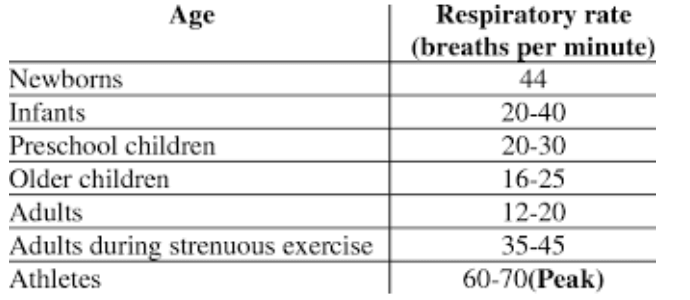Introduction
Introduction ( 4 Questions)
A nurse is assessing a client who has PPROM at 32 weeks of gestation and is receiving magnesium sulfate infusion for fetal neuroprotection.
Which of the following findings should the nurse report to the provider immediately?
This is a sign of magnesium toxicity, which can occur when a client is receiving magnesium sulfate infusion for fetal neuroprotection.
Magnesium sulfate can depress the central nervous system and respiratory system, leading to respiratory depression or arrest. The nurse should report this finding to the provider immediately and stop the infusion.
Urine output of 40 mL/hr is within the normal range and does not indicate magnesium toxicity. The nurse should monitor the urine output and ensure it is at least 30 mL/hr to prevent accumulation of magnesium in the body.
deep tendon reflexes of +2 are normal and do not indicate magnesium toxicity. The nurse should monitor the deep tendon reflexes and stop the infusion if they are absent, which is a sign of neuromuscular blockade.
serum magnesium level of 6 mg/dL is within the therapeutic range for fetal neuroprotection and does not indicate magnesium toxicity. The nurse should monitor the serum magnesium level and stop the infusion if it exceeds 8 mg/dL, which is the upper limit of the therapeutic range.
This is a sign of magnesium toxicity, which can occur when a client is receiving magnesium sulfate infusion for fetal neuroprotection.
Magnesium sulfate can depress the central nervous system and respiratory system, leading to respiratory depression or arrest. The nurse should report this finding to the provider immediately and stop the infusion.

